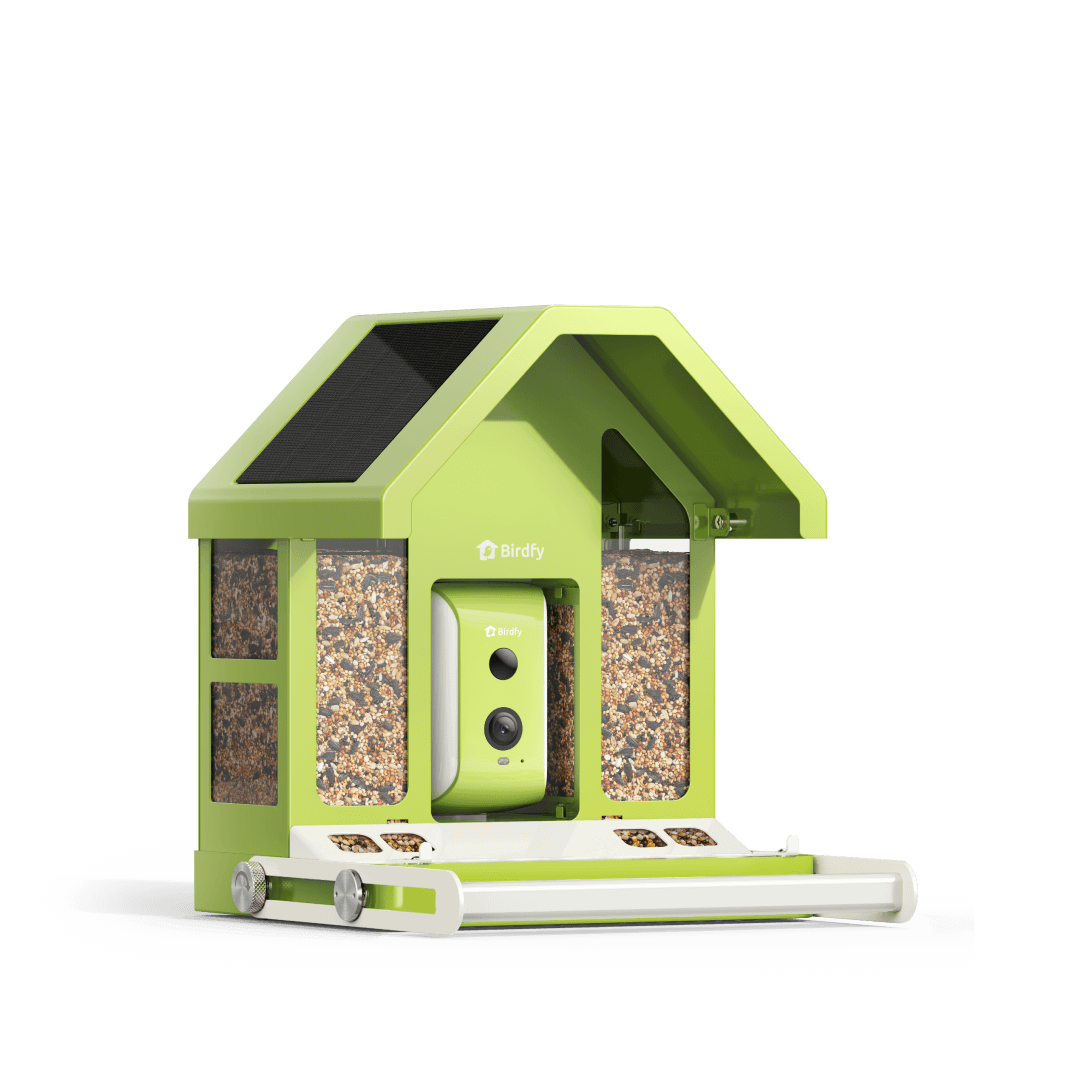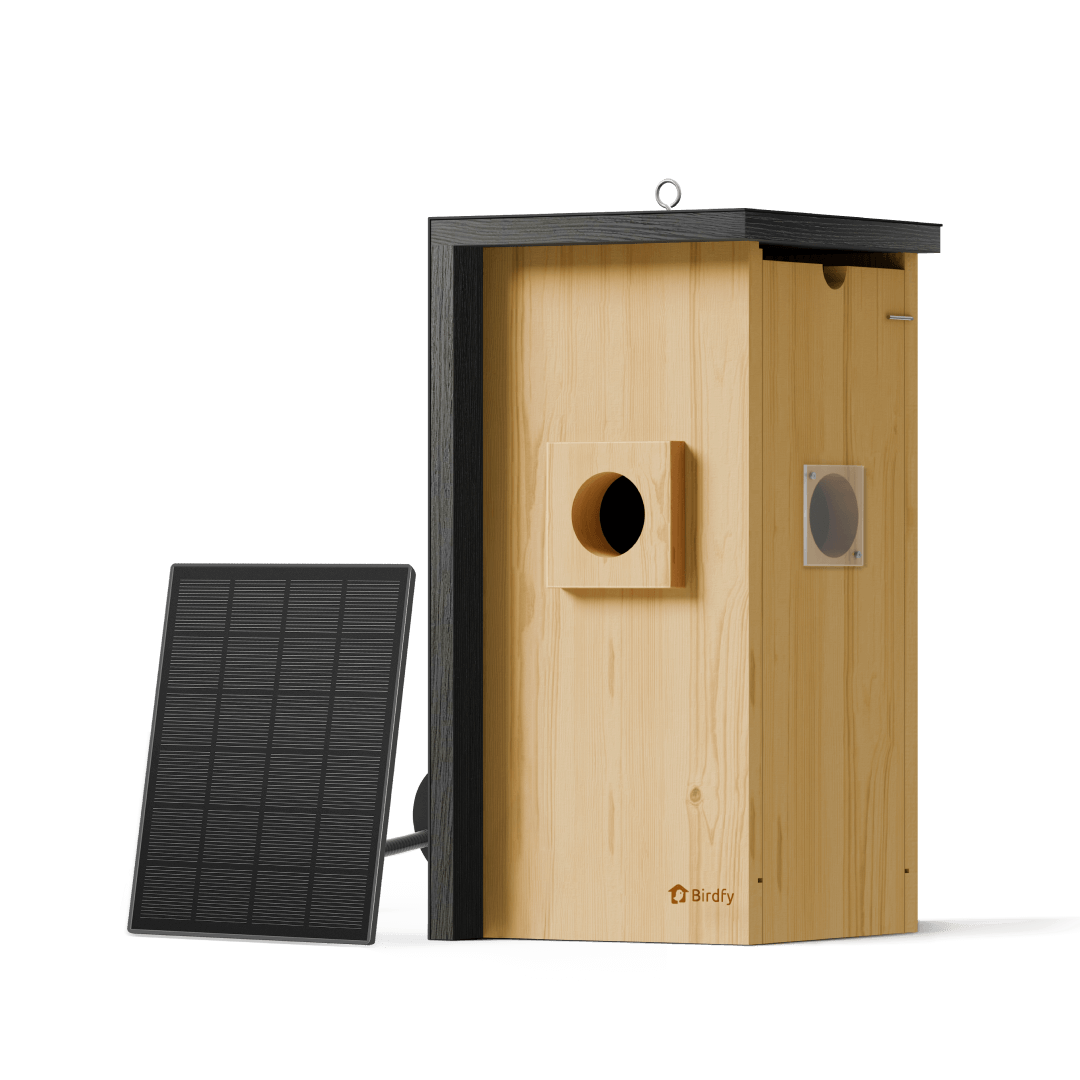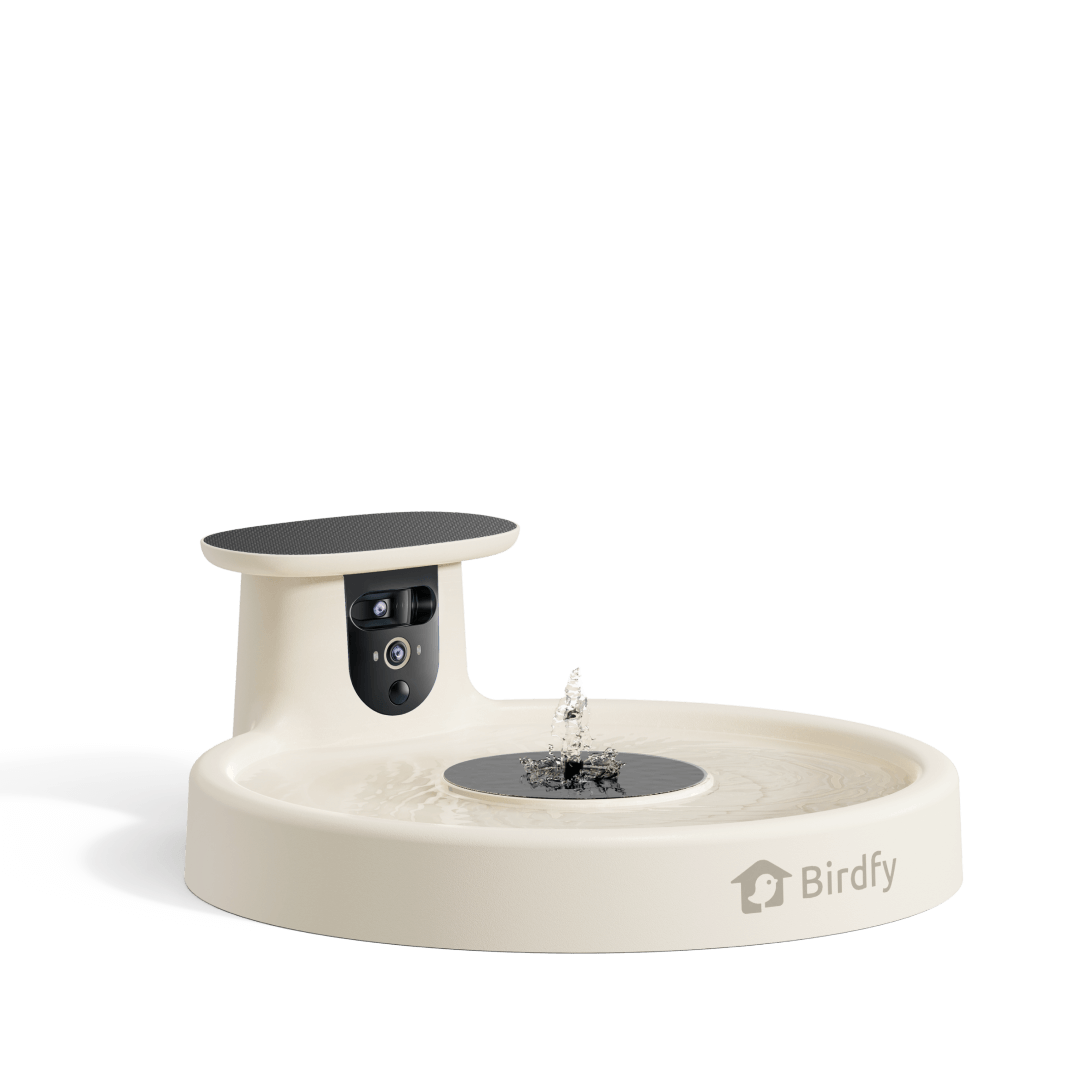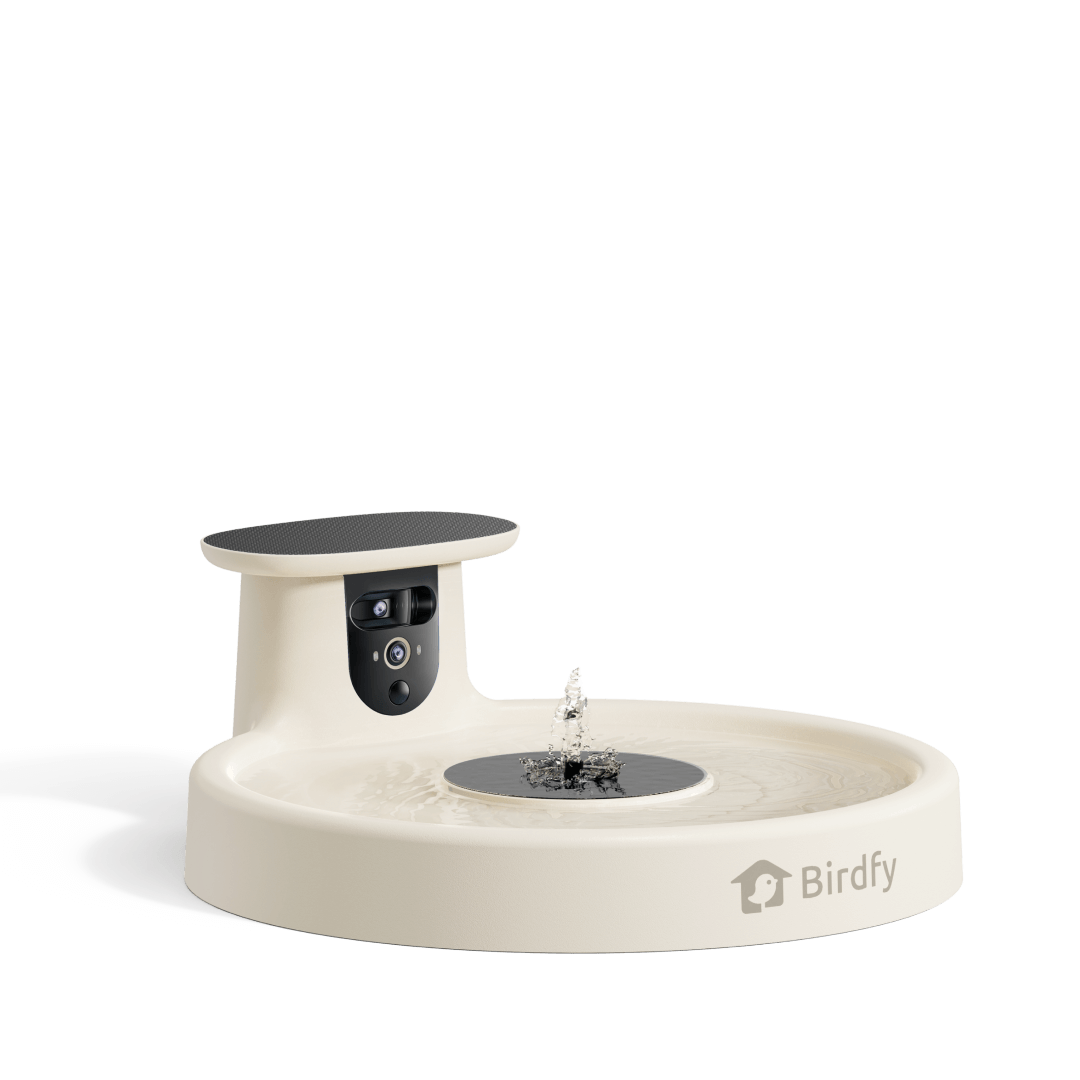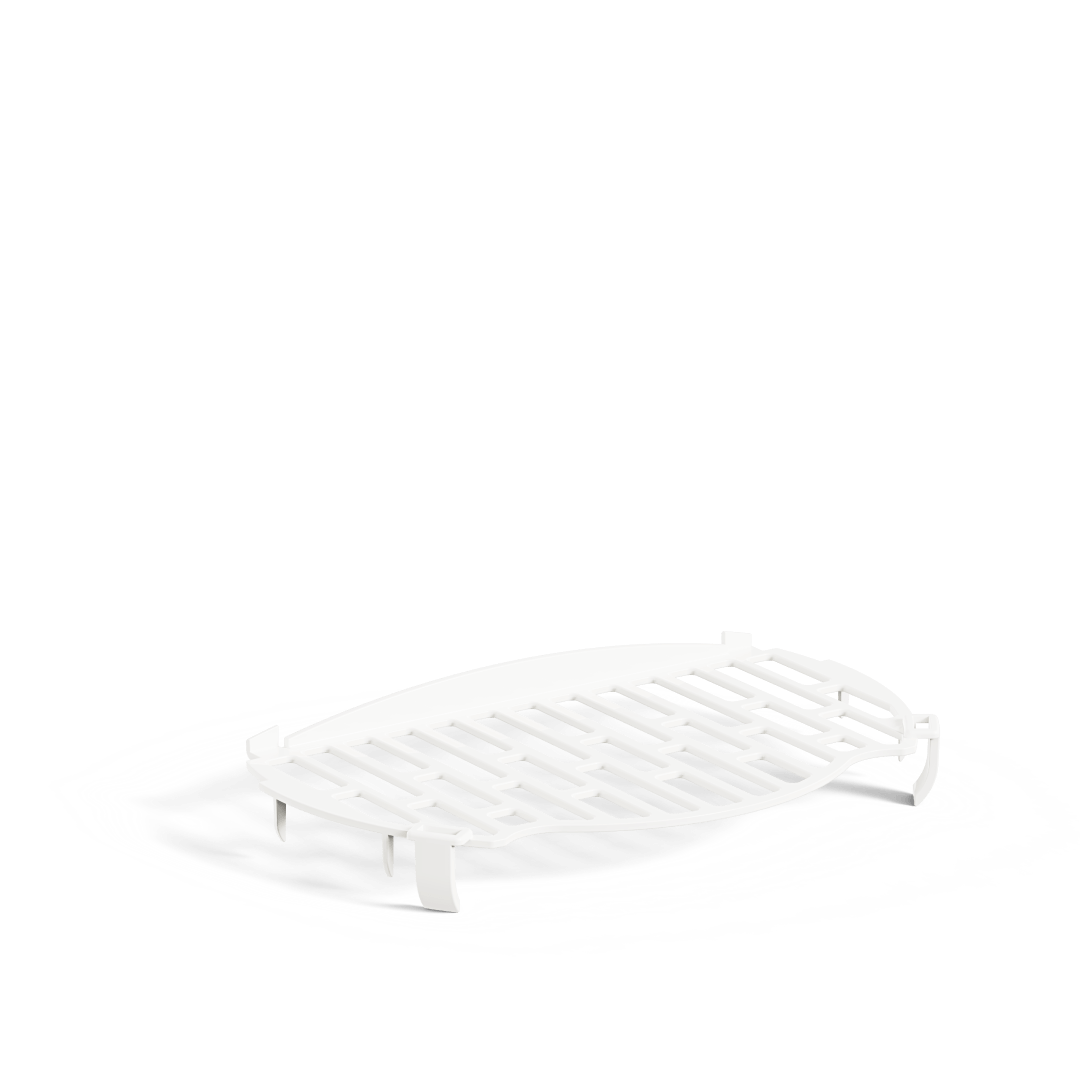The Peregrine Falcon Speed: Unraveling The Secrets Behind Its Record-Breaking Speed
Introduction
The peregrine falcon is well known for its incredible speed and ability to fly high and get to the ground in a probe for its food. The peregrine falcon is the fastest animal on the planet, this remarkable bird captivates ornithologists and birdwatchers alike. Here is the outline of the article content: its speed, hunting abilities, life habits, and conservation status.
Peregrine Falcon Overview
The peregrine falcon is distinguished as the fastest animal on the planet, capable of reaching speeds of over 240 miles per hour during its iconic hunting stoops (high-speed dives). This thrilling velocity is one of its main advantages, making it a good predator.
Historical Background
Do you know that the ancestors of the peregrine falcon appeared on Earth over 8 million years ago?
The evolution of the peregrine falcon can be traced back more than 8 million years. Its relatives were among the first birds of prey, which evolved in response to several changes to the present broad classifications of raptors, including different types of eagles, vultures, etc.
Throughout evolution, several species emerged, including the peregrine falcon, the gyrfalcon, the sacred falcon, and the lanner falcon. All of these species have distinct features and hunting techniques that are adaptive to their environments, which clearly illustrate the evolution of the falcon group of birds.
Physical Characteristics
The falcon's appearance resembles that of a crow with sharp wings that have a bluish tint and reddish underparts. Peregrine falcon also has a body coloration resembling a crow with sharp wings a bluish-blue look and a reddish belly. They also assist in camouflage during hunting, which looks nice to boot.
The peregrine falcon's appearance: sharp, bluish wings and reddish underbelly, resembling a crow more than a typical falcon. This coloring gives it the advantage of drowning its environment as it flies high in the sky. The size differences between males and females (males weighing around 600 grams and females up to 1.5 kilograms): this sexual size dimorphism is typical for this order, with females usually being even bigger to improve their capacity for incubation and nursing of the young. 
The lack of significant color differences between males and females makes the identification of different genders based solely on plumage almost impossible for bird watchers.
Evolution And Species Classification
The peregrine falcon's evolutionary history dates back more than 8 million years to the time of the ancient raptors. Its growth with other falcon species, adjusting to a variety of settings, is suggested by fossil evidence, which helped it develop the amazing speed and hunting skills it possesses today.
It is classified in the Falconidae family and it has relation to other falcons like the gyrfalcon and saker falcon: It reveals these animals' phylogenetic relatedness and standard features, including the ability to hunt and fly. These birds have adapted to various settings, yet they also share features like keen talons and fast hunting speed.
Moreover, the peregrine falcon is a common bird that is known for its global distribution, excluding Antarctica. This is so because the bird is versatile to many natural environments within the world, including the urban environment, and therefore, the bird is one of the most successful birds of prey within the global market today, as we speak.
Where Does The Peregrine Falcon Live?
The peregrine falcon is found worldwide in cities, coasts, mountains, and open country. They prefer to make their nest on cliffs, tall structures, and any place that will give them an advantage in hunting. This adaptability allows them to thrive in diverse habitats worldwide, except in Antarctica.
Does The Peregrine Falcon Migrate?
Yes, the peregrine falcon is a migratory bird that moves from one area to the other in search of food and breeding sites. However, individuals have also noticed that several large groups of people travel from the breeding area to the wintering area.
For example, some Peregrine falcons nest in America and fly to Central America during the cold season. Various migration phenomena may differ from one kind of population to another depending on the condition of the environment.
Speed And Hunting Capabilities
Let's learn about the speed and hunting capabilities of this fastest animal.
Fastest Animal
The peregrine falcon can reach a speed of up to 390 kilometers per hour, with a typical flight speed of 320 kilometers per hour. This incredible speed is achieved during its stoop, or high-speed dive, which makes it realize incredible efficiencies in trapping its prey.
Flight Technique
When hunting, the falcon dives using gravity, accelerating rapidly like a stone falling from the sky, capturing prey without giving it time to react. It provides the best way for them to move and work while hunting.
Hunting Tactics
The peregrine falcon often surprises prey by diving at extremely high speeds, catching birds or small animals mid-air. This hunting style is very effective because they work more often based on surprise and the incredible speed at which they act. Additionally, their sharp talons and a curved beak are used to tear apart or break the neck of their prey quickly and efficiently.
How Fast Can The Peregrine Falcon Dive?
It’s also a bird of prey that is the highest flyer capable of the vertical rate of dive called stoop with a speed of 390 kilometers per hour, making it the world’s fastest animal.
How Fast Can The Peregrine Falcon Fly?
In general flight, the peregrine falcon maintains a typical speed of the peregrine falcon around 320 kilometers per hour. However, during a dive, it can reach even greater speeds.
Is The Peregrine Falcon Faster Than A Cheetah?
Yes, indeed, the peregrine falcon is faster than a cheetah by using our logic to go into their world speed records. A cheetah is the fastest among all the land animals, and its speed is about 112km in an hour, though there is an aircraft bird called the peregrine falcon, which can fly at a speed of 390km in an hour.
Is The Peregrine Falcon The Fastest Animal In The World?
Peregrine falcons are also the highest flyers and are known for their stoop, a kind of vertical rate of dive, which is 390 kilometers per hour, making these birds the fastest animals in the world. Such remarkable ability has ensured it the deserved reputation among birds and animals worldwide.
What Does The Peregrine Falcon Eat?
The peregrine falcon primarily hunts birds, but will also prey on small mammals and rodents making them skilled avian predators. Their diet can consist of pigeons, doves, songbirds, and shorebirds. Because of their feeding habits, peregrine falcons may survive and even thrive in a variety of habitats, from metropolitan neighborhoods to remote wilderness locations. This makes them extremely successful and adaptable hunters.

Predators Of The Peregrine Falcon
Due to their size and speed, adult peregrine falcons have few natural predators, but on occasion, larger birds of prey like eagles and great horned owls may hunt on them. Due to their increased vulnerability, nestlings are at risk from scavengers such as ravens and crows who may raid nests.
Indirect dangers to their survival also come from environmental causes like habitat degradation and human activity. Nonetheless, mature peregrine falcons are skilled hunters who rely on their dexterity to avoid possible dangers in their natural habitat.
Breeding And Life Habits
Usually, peregrine falcons nest on cliffs or towering buildings during the spring breeding season. They establish monogamous partnerships and raise two to four chicks, which fledge after roughly six weeks and soon after gain independence.

Breeding
During the breeding season, male peregrine falcons return to their female partners, staying monogamous for life. This strong pair bond guarantees the effective share of parental duties in raising their young ones. The female incubates eggs for about a month, and chicks begin to fly at around 1.5 months of age. Young are taken care of by both parents in this period, are protected, and are fed to reach their independence
Nesting
Nests are usually built on cliffs or in shallow depressions without vegetation, protecting the chicks from predators. The chicks stay in the nest for a few weeks after they hatch, depending on their parents for food and safety until they can fly.
Human Interaction With Peregrine Falcons
In this case, human interaction with peregrine falcon has come from hunting companion to management bird. It has also been mentioned that conservation practices have benefited this species and that wildlife should be preserved for its proper functioning.
Historical Use
Peregrine falcons were historically used in hunting, trained to catch prey, and returned to their handlers. In ancient times, they were often given as gifts to influential figures as a symbol of respect. This practice was done to show how much different cultures valued the falcon.
Modern Use
Today, peregrine falcons are employed at airports to scare away birds that could interfere with aircraft, preventing bird strikes. This practical use underlines their sense and efficiency in controlling birds in urban towns or cities.
Additionally, falcons play a crucial role in the ecosystem by controlling rodent populations and limiting the number of harmful birds. Their presence helps maintain balance in various habitats.
Fun Facts About The Peregrine Falcon
- The peregrine falcon is famous for its sharp vision to detect its meals from far off.
- Wild parrots can live about 15 years, although parrots from the same species can live longer in their cages.
- As for peregrine falcons, which are birds adapted for urban territories, it is stated that the birds nest on tall towers and bridges.
Is The Peregrine Falcon An Endangered Species?
Earlier, the peregrine falcon was said to be threatened by the implications of pesticide resumption, specifically DDT, rending the population decreases in the mid-twentieth century. However, due to frequent usage of environmentally hazardous pesticides, deforestation, etc., the bird population declined drastically.
Now their population has increased owing to new policies prohibiting the usage of such pesticides and the protection of their habitats. Currently, the peregrine falcon cannot be considered an endangered bird and is listed as Least Concern by the various conservation groups because of the presence of healthy and stable populations in different regions.
Conclusion
The Peregrine Falcons are testimony that nature is beautiful, solid, and has enormous potential of prevailing. In its hunting ways, and ability to adapt and evolve this bird is still excellent for researchers and passionate naturalists around the globe.
Share





